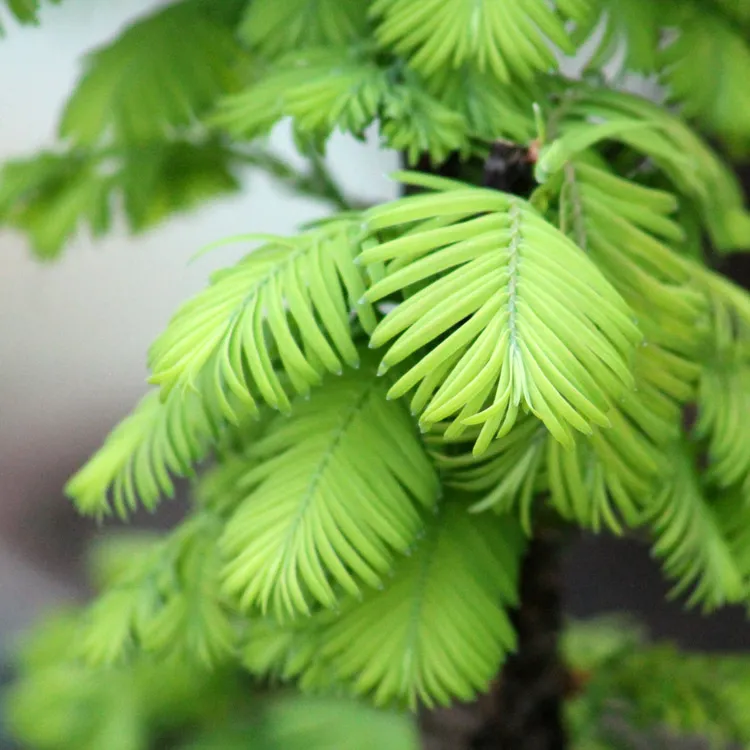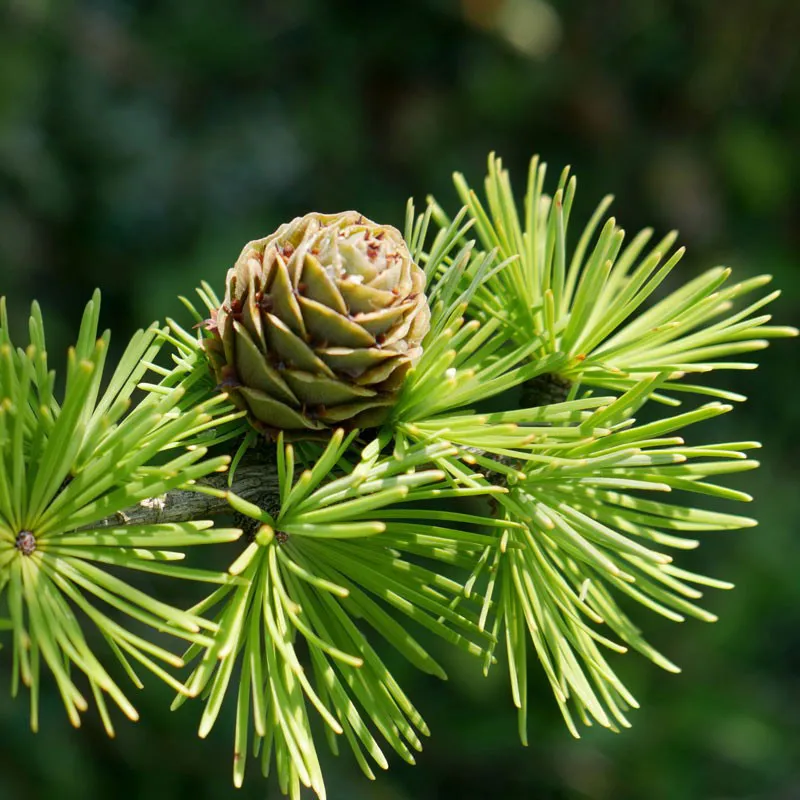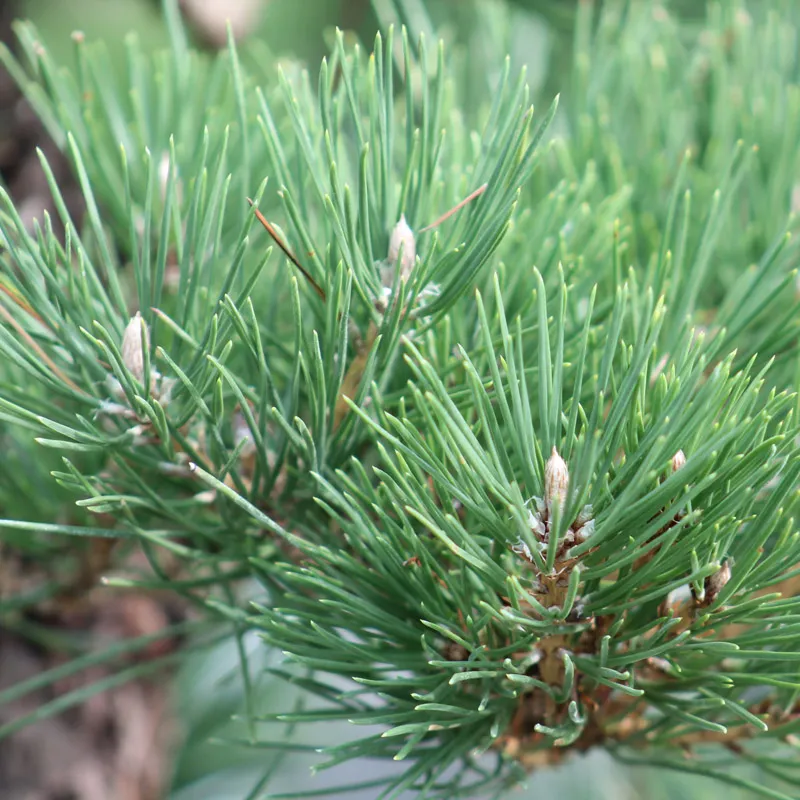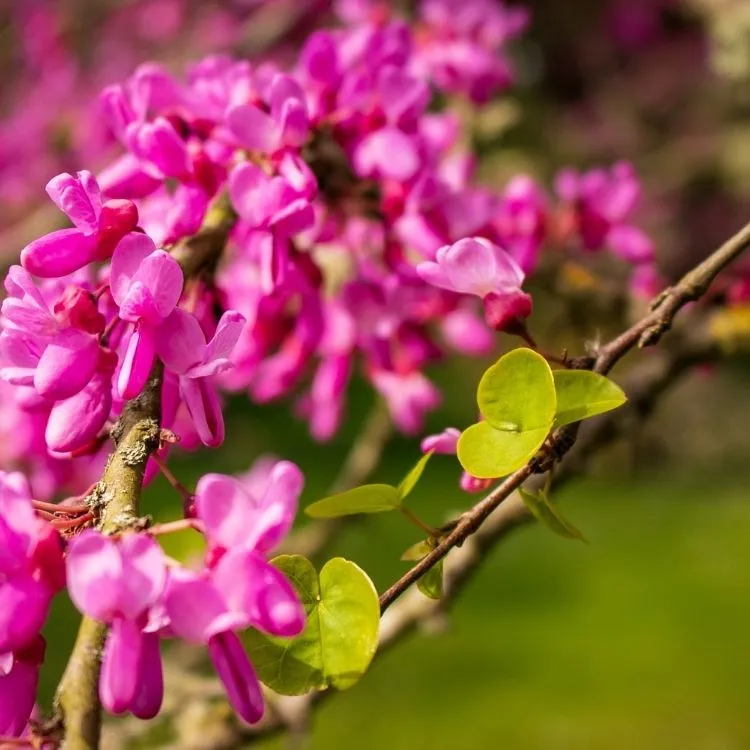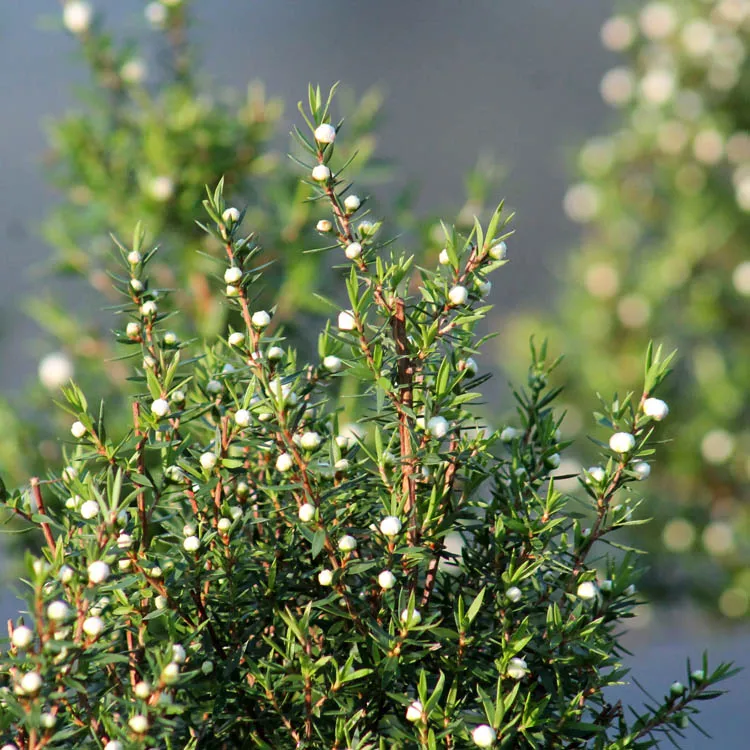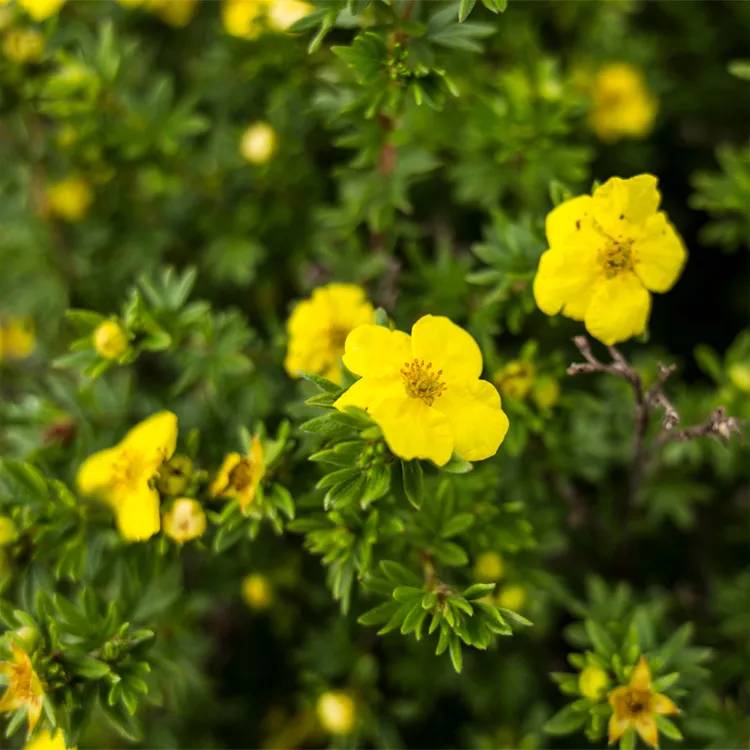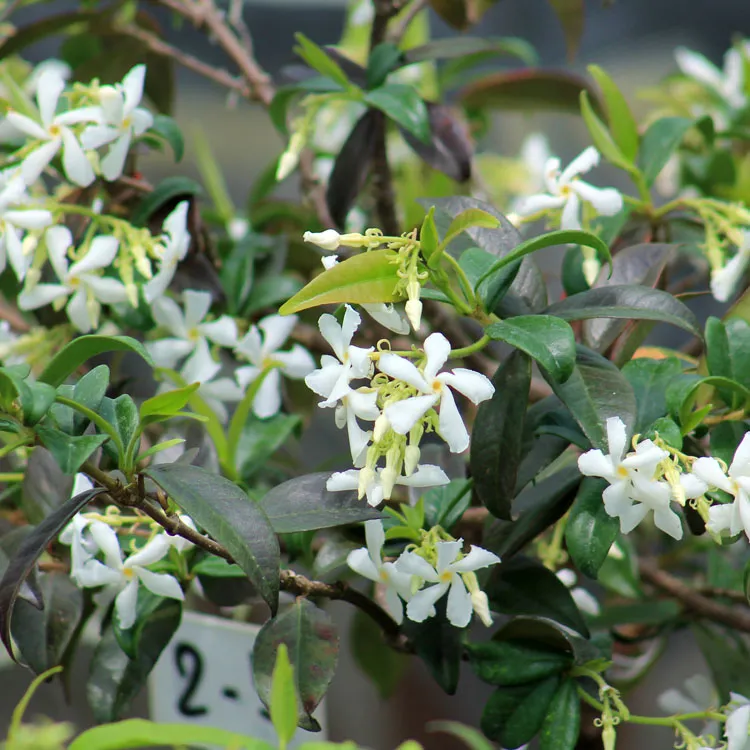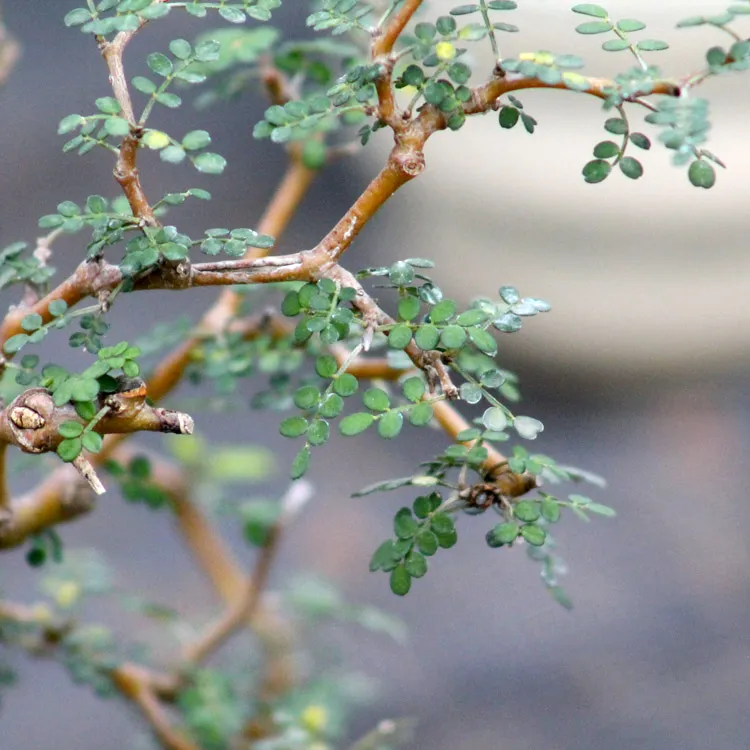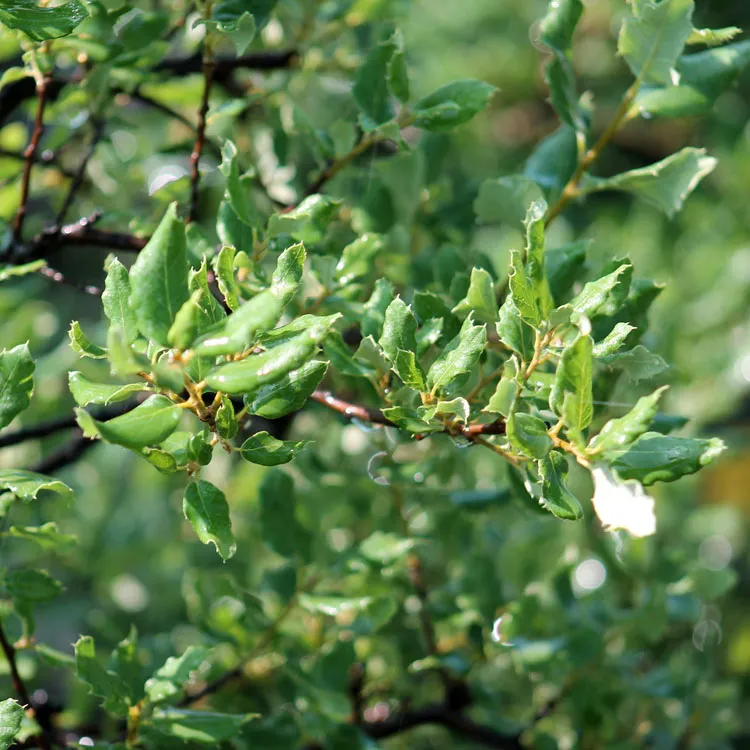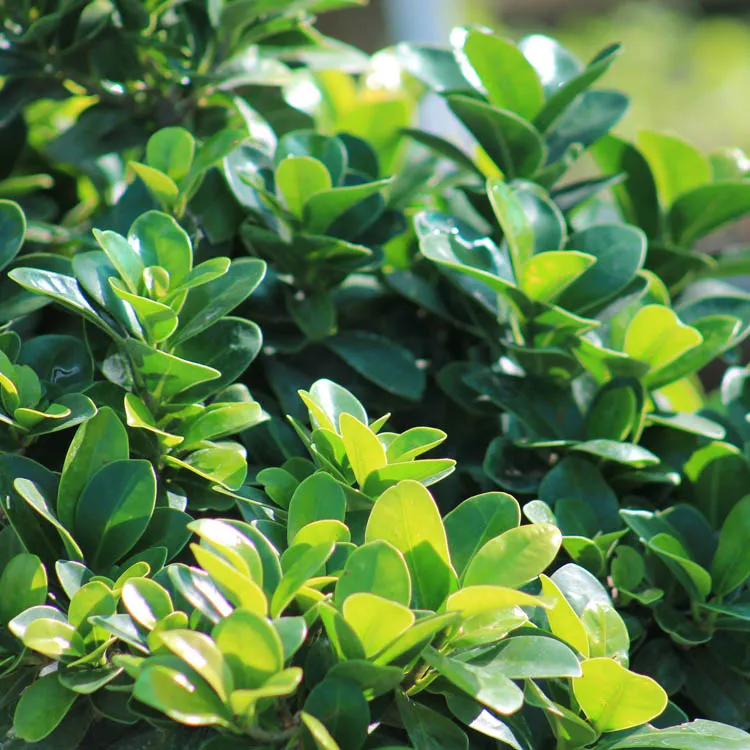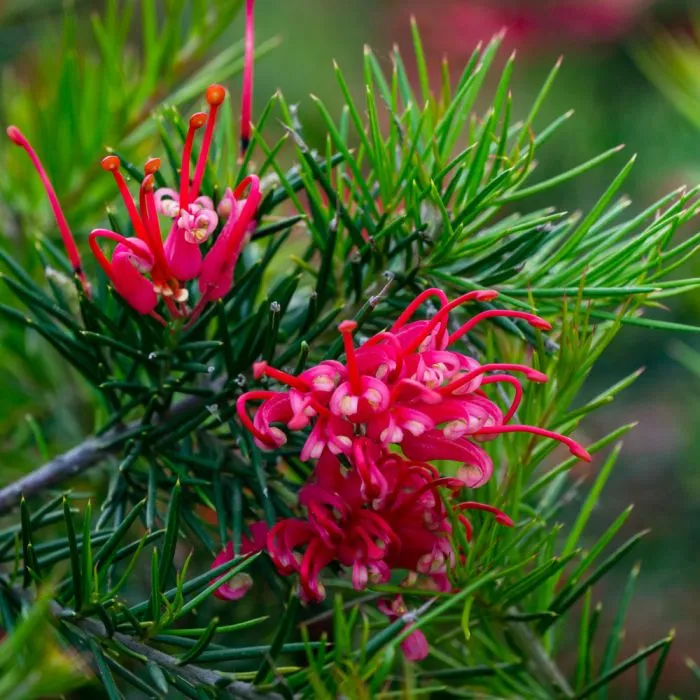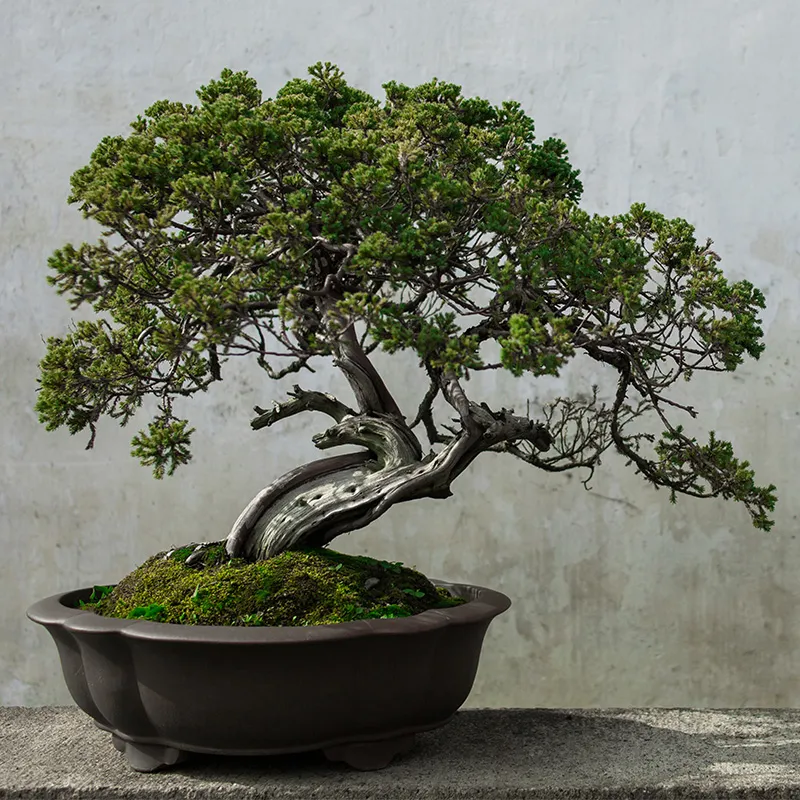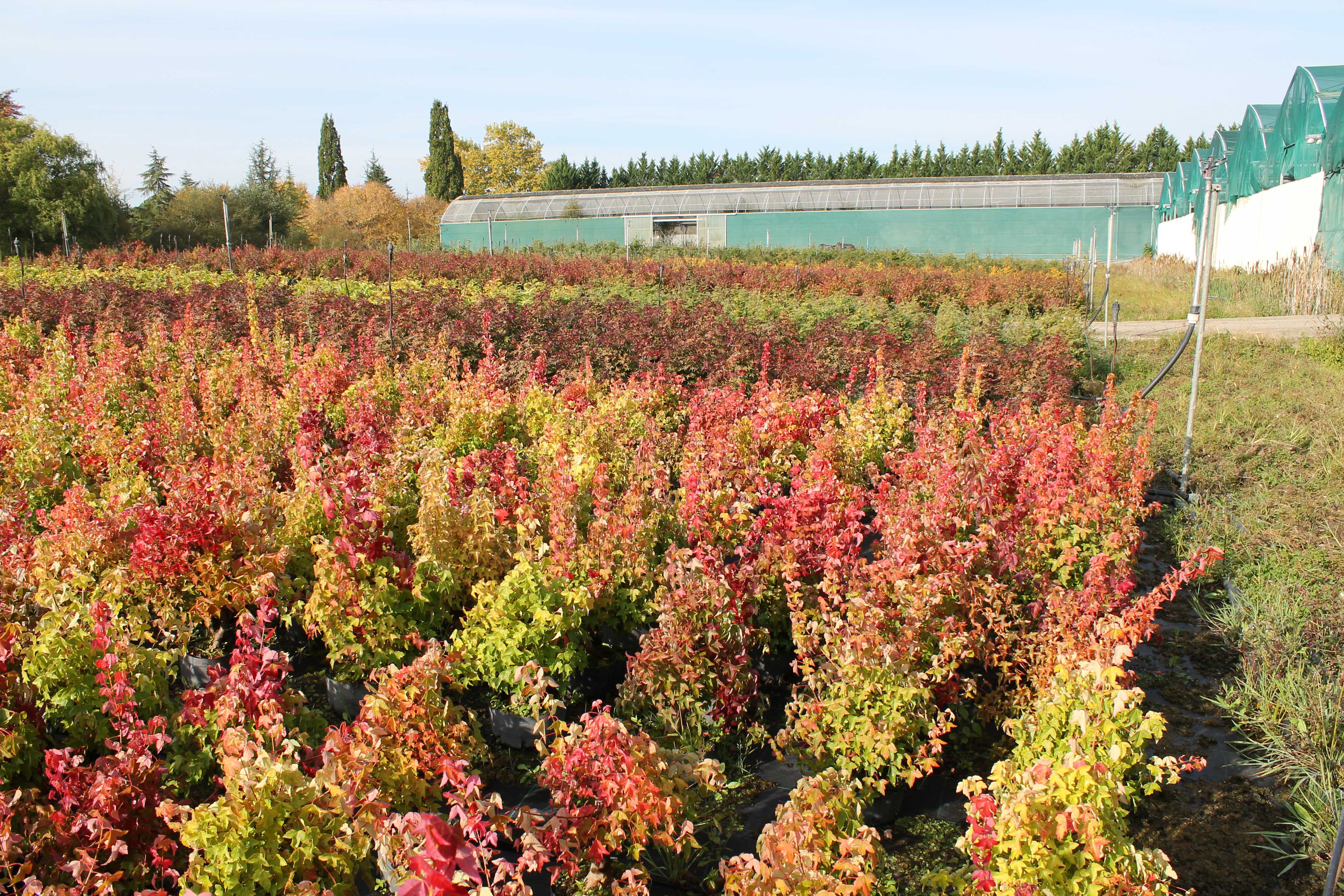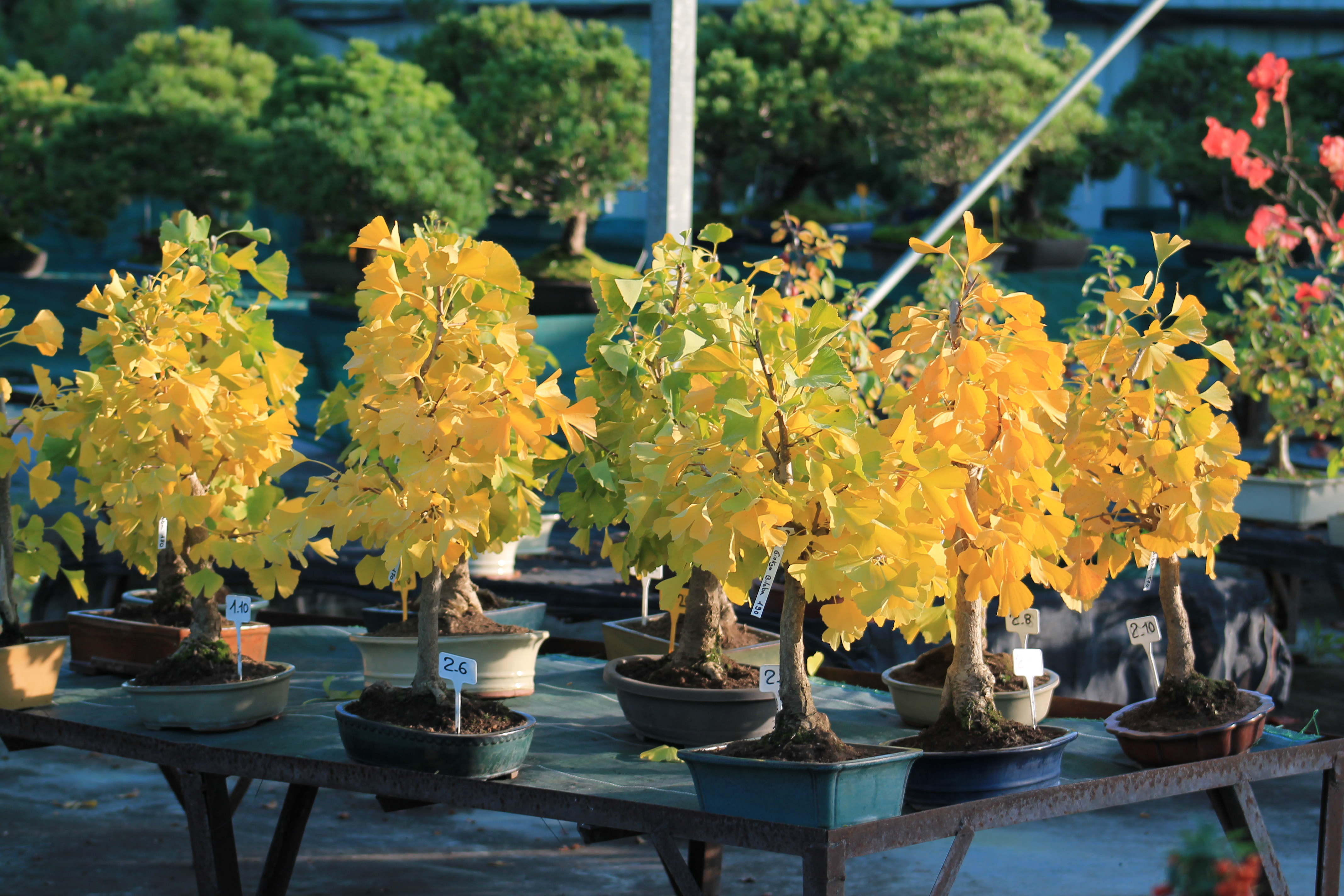As autumn approaches and temperatures begin to drop, our bonsai naturally prepare for winter. They slow down to save energy and protect their roots and leaves. Understanding these mechanisms is essential to ensuring a smooth transition into the cold season.
The role of leaves and preparation for winter
The leaves of your bonsai have photosensitive sensors that react to the decrease in daylight hours. These sensors allow the tree to convert light into energy. With less light and lower temperatures, the leaves no longer produce enough food for the tree.
A small plug then forms at the base of the leaves, blocking the flow of sap. The leaves dry out, become brittle, and fall off, revealing the buds ready for spring.
Observe the fall colors
Autumn is also the perfect time to enjoy the magnificent colors of your bonsai. The foliage changes, offering shades of gold, red, or orange depending on the species. It's also an indicator that the tree is entering its dormant period.
Repotting and substrate
If your bonsai is planted in a poorly draining or overly compacted substrate, it is still possible to repot it. However, it is often better to wait until late winter or early spring. In autumn, with frequent rains, the substrate may remain too wet and cause root rot.
Tips for a rainy fall :
- Protect your bonsai during heavy rain.
- Aerate the substrate with a chopstick to prevent waterlogging.
- If necessary, repot in a more well-draining mix.
Watering
In autumn, reduce watering frequency while regularly monitoring the substrate. With lower temperatures and higher humidity, water evaporates more slowly. Adjust your watering schedule based on rainfall, but remain vigilant to avoid excess moisture.
Fertilization
Bonsai continue to store reserves for the winter. Fertilization should therefore continue, favoring organic fertilizers and trace elements to strengthen the tree's health and defenses. This will also promote a vigorous recovery in the spring.
Pruning
Deciduous trees :
- Light pruning : Shorten the branches and remove any misplaced or unnecessary branches.
- More severe pruning (structure) : If the leaves have already fallen, you can restructure the tree.
Pines :
It is possible to prune certain strong branches to restore the tree's structure and vigor.
Flowering varieties:
- Azaleas and other flowering species may still produce some flowers. Remove them to prevent the tree from becoming exhausted.
Binding and guying
All species can be wired or guyed, but it is best to wait until the leaves have completely fallen to facilitate the placement of the wire and avoid breaking the branches.
Winter preparation
Depending on your region, it's time to think about the location and protection of your bonsai :
- Orient them to maximize sunlight.
- Prepare a shelter from the wind.
- In regions less prone to severe frost, your trees will tolerate nighttime temperatures as low as -5°C.
- In colder areas, additional protection such as a winter fleece or a temporary shelter will be necessary.
Bonsai are fascinating to observe and care for, and October is a key time to ensure their health and beauty for the following year.
See you next month for November's work!


 Production of French Bonsai
Production of French Bonsai












